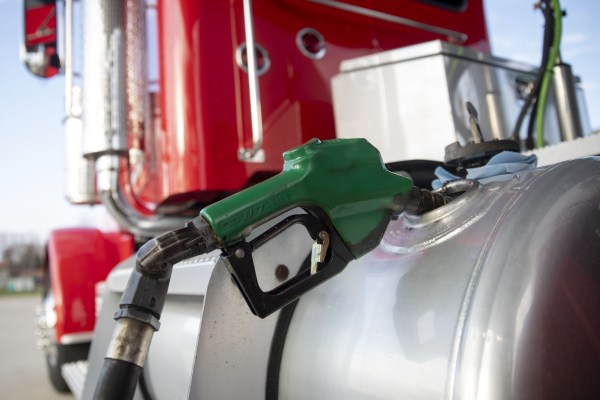Want to bring inflation to heel? There’s no single, simple fix, of course, or we would have done it already. But a good place to start would be weaning the economy off gasoline and diesel.
Prices for fossil fuels are through the roof. Gas prices are up over 75% since last year, and diesel is up 55%, according to AAA. There are myriad reasons why — Putin’s war in Ukraine, an unexpected surge in demand following early pandemic shutdowns, an East Coast refinery that literally exploded a few years ago and so on.
The recent surge shows the folly of tying the transportation sector — which accounts for 6% to 12% of GDP in developed countries — to highly volatile consumables that are broadly bought on a spot-price basis.
TechCrunch+ is having a Memorial Day sale. You can save 50% on annual subscriptions for a limited time.
Diesel prices alone are driving about 17% of the inflation we’re seeing today, according to Mark Zandi, chief economist at Moody’s Analytics. Inflation in the overall energy sector was nearly 30% in April, according to the Bureau of Labor Statistics, more than triple anything else. Dropping the fossil fuel would bring inflation down nearly a percentage point.
But how do you replace diesel, which is coursing through so much of our economy, from trucking to trains, ocean freight to agriculture? It won’t be easy, but it is pretty straightforward: electrification.
An electrified economy powered by renewables is less likely to be subject to sudden price shocks of the sort that oil and gas can inflict. Here’s why.
Most of the cost of renewable power happens upfront in the planning, permitting and construction phases. Capital expenditures can be forecast with more certainty, and once they’re spent, they’re fixed. Once an installation is running, it will have lower operating costs than gas- and coal-fired power plants because it isn’t consuming fuels. Most if not all op-ex for renewables is maintenance related. That can make renewable power prices easier to predict and more stable over the long term.
The same is true of electric vehicles. Their running costs are lower because they’re more efficient, meaning the majority of the costs are borne upfront. Today, a significant portion of an EV’s cost is locked up in the battery. And while battery material prices have gone up recently, from lithium to cobalt and nickel, battery prices continue a mostly downward trend because battery manufacturers and automakers aren’t buying most of their materials on the spot market. Rather, they have long-term supply contracts that lock in lower prices. (And none of this counts the other opportunities that widespread electrification can offer.)
By reducing the use of fuels that are subject to sudden price swings, renewable power and cross-sector electrification have the potential to take a significant amount of uncertainty out of the economy. Companies can be more confident in their cost forecasts, which would allow them to reduce what they charge consumers — or at least not increase prices so suddenly.
That would have additional benefits as consumers are often the least prepared to deal with price shocks — they don’t have the resources or access to capital that companies do. With more stable prices, people can plan their purchases accordingly, leading to less volatility in consumer spending, which would give companies more confidence in their forecasts, creating a virtuous cycle that might make betting on the market less thrilling but far more rewarding.
Investors have recognized the opportunity and have invested over $40 billion in battery startups in the last five years alone.
Taken together, all that suggests that a renewable-powered economy would be less subject to price shocks and more stable in the long run. To avoid similar inflation shocks in the future, the smart money would double down on electrification. And the sooner the better.
